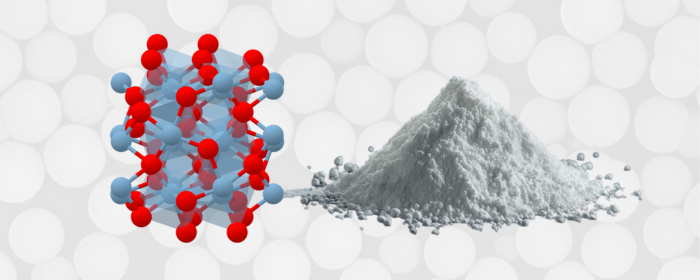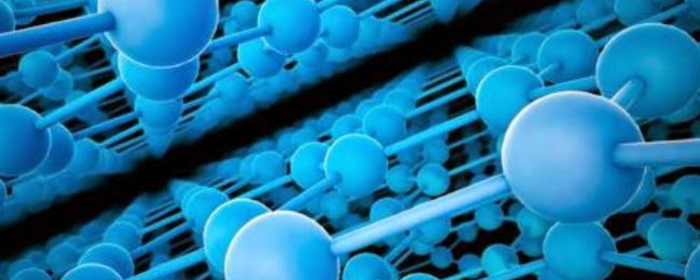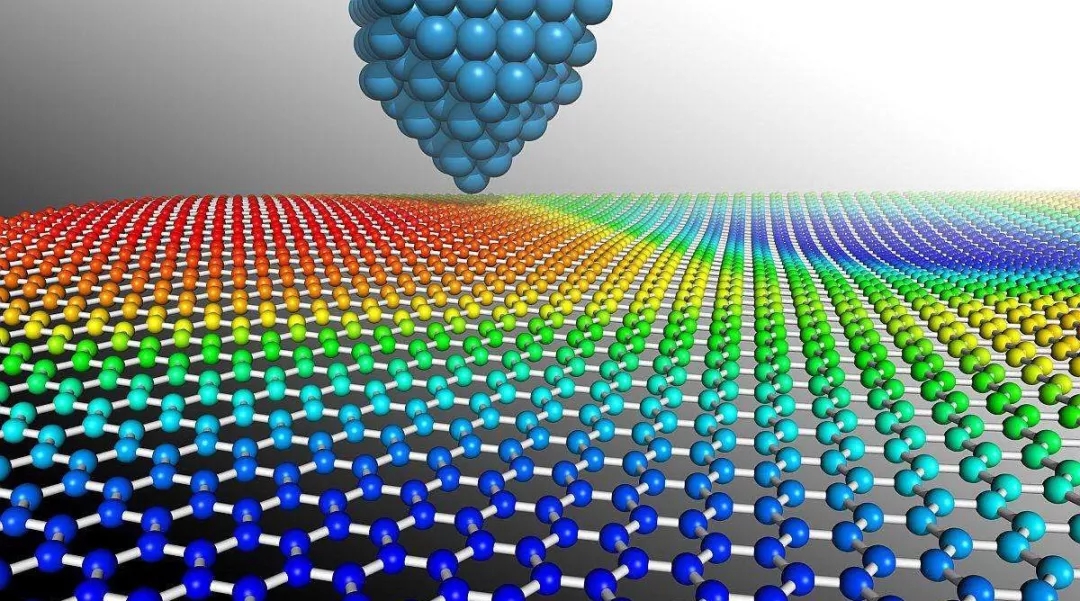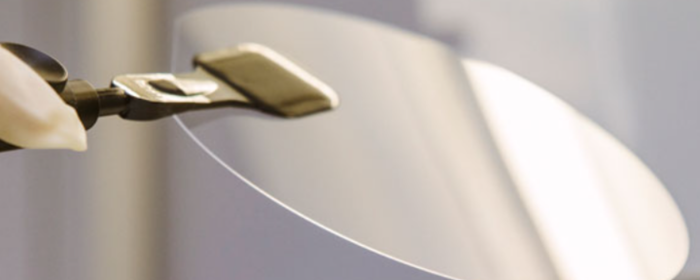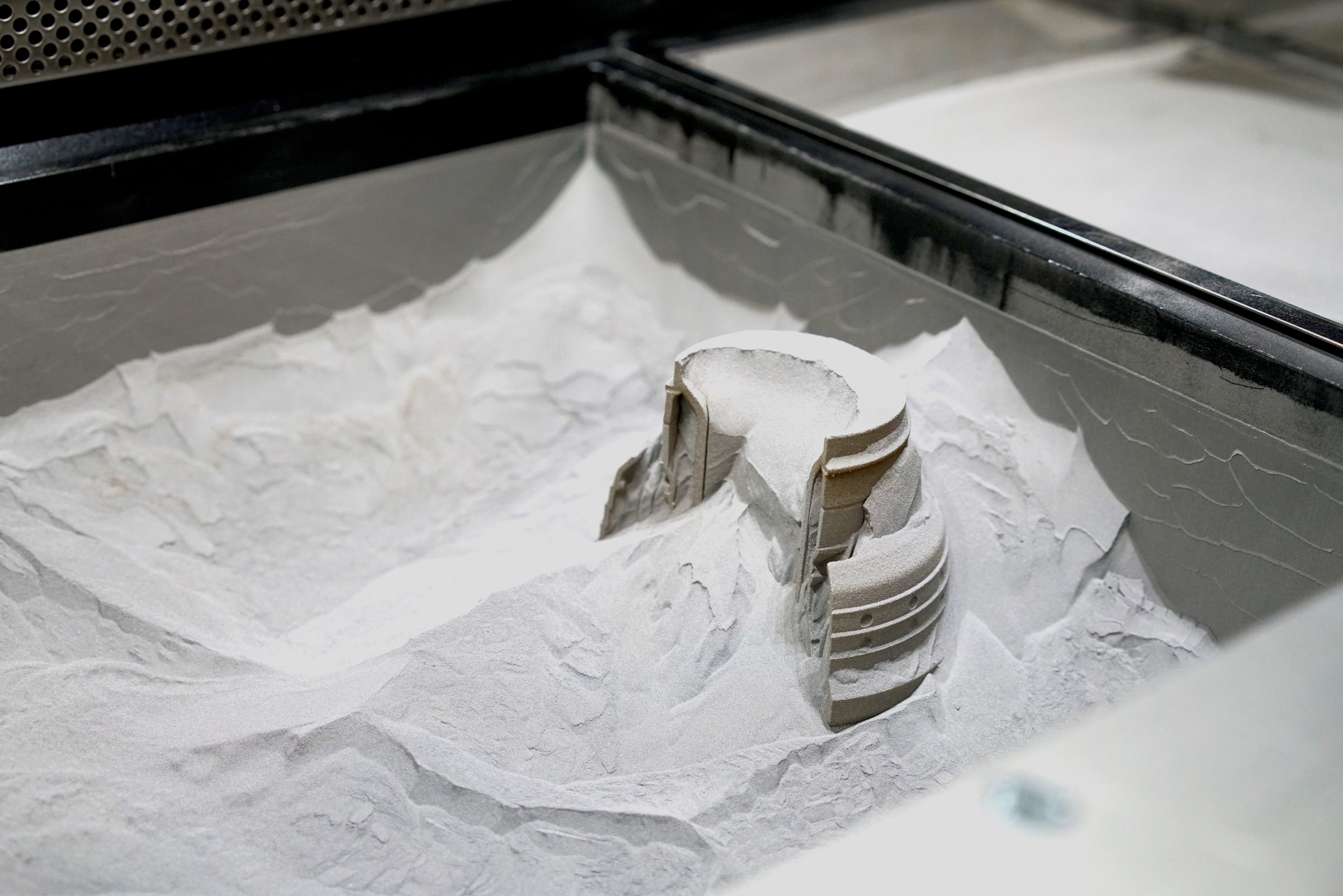

Mo is a kind of high-melting-point metal, mainly with the characteristics of excellent strength, hardness, resistance, and corrosion resistance. With such a properties profile, molybdenum powder becomes widely applied in aerospace, electronics, and metallurgy industries where performance may be very crucial.
It is also widely used in the making of high-strength alloys and in catalysis, where stability and reactivity make it a very useful component in catalytic processes. With controlled particle size on a nanoscale, nano molybdenum powder offers even greater versatility and effectiveness in those fields where the use of advanced materials with enlarged surface area and reactivity is important.
.png)
The preparation technology of nano-powder is always the frontier of modern material science and technology. Of course, the technology of the preparation of nano molybdenum powder is no exception. At present, the reported preparation methods of nano molybdenum powder mainly include the microwave plasma method, and so on.
The microwave plasma process, based on the principle of hydroxyl pyrolysis, is used to produce molybdenum powder. Utilizing a newly developed microwave plasma device, this approach uses high-frequency electromagnetic oscillations to create a high-temperature plasma by breaking down the reaction gases. Unlike other plasma methods, it provides a stable temperature field. This device also rapidly discharges CO and condenses molybdenum into a collection chamber, allowing for the production of nanometer-sized molybdenum powder with finer particle sizes compared to traditional hydroxyl pyrolysis.
Additionally, Mo(CO)₆ undergoes pyrolysis in an N₂ plasma atmosphere to yield nano-sized molybdenum powder with a uniform particle size. In one step, molybdenum powder with an average particle size below 50 nm and roughly spherical particles is obtained. This powder demonstrates good air stability at room temperature, making it suitable for various applications.
Moreover, electric pulse discharge, a refined pulsed technology, has been effectively applied to nano-powder preparation. Research shows that during discharge, with a current peak of 10 kA, pulse duration of approximately 20 μs, and pulse energy around 80 J, nano-powders of metals, metal oxides, and metal nitrides, such as nano Mo powder, can be synthesized in an argon, oxygen, or nitrogen atmosphere. The resulting powder typically has particle sizes ranging from 20-70 nm.
According to reports, the molybdenum powder produced by reducing MoCl₅ or MoCl₆ with pure hydrogen, as developed by Hermann C. Starck, achieves particle sizes of 1-5 nm and 1-50 nm, with impurity levels below 500 mg/kg, 1,000 mg/kg, and 200 mg/kg, respectively.
Additionally, researchers in the United States and Japan have explored mechanical alloying to produce Ni-Mo alloy nanopowder, with average particle sizes below 10 nm, specifically designed for catalysts. This highly active powder significantly enhances catalytic performance.
Thank you for reading our article and we hope it can help you to have a better understanding of the preparation of nano molybdenum powder. If you want to learn more about molybdenum powder, we would like to advise you to visit Stanford Advanced Materials (SAM) for more information.

